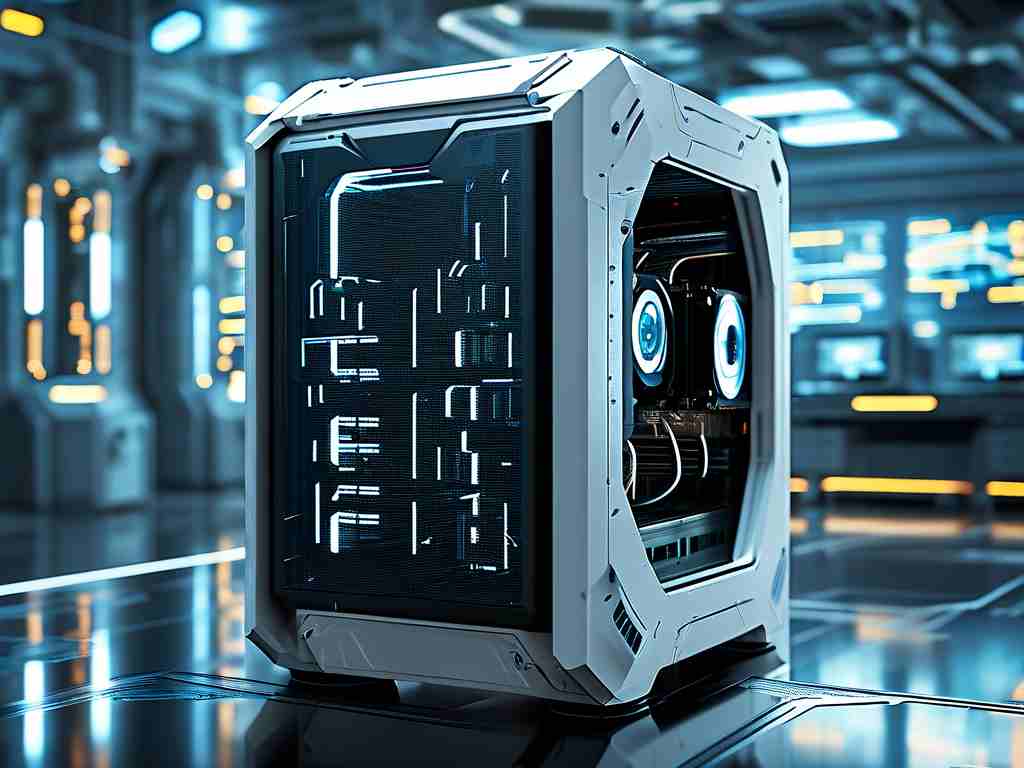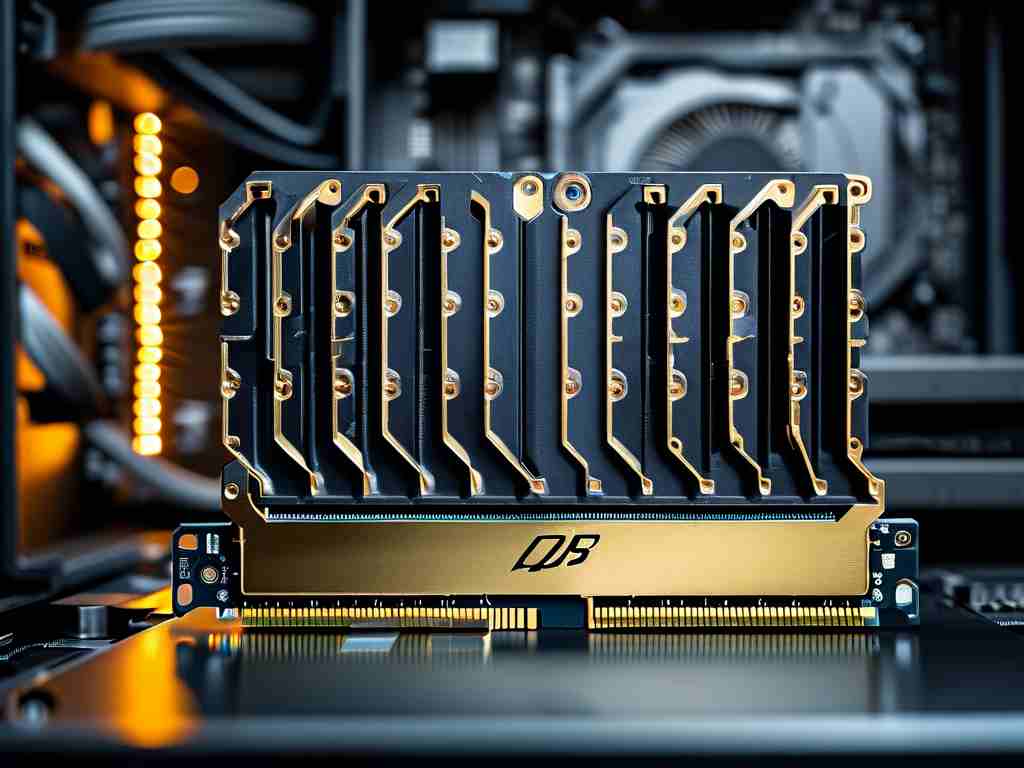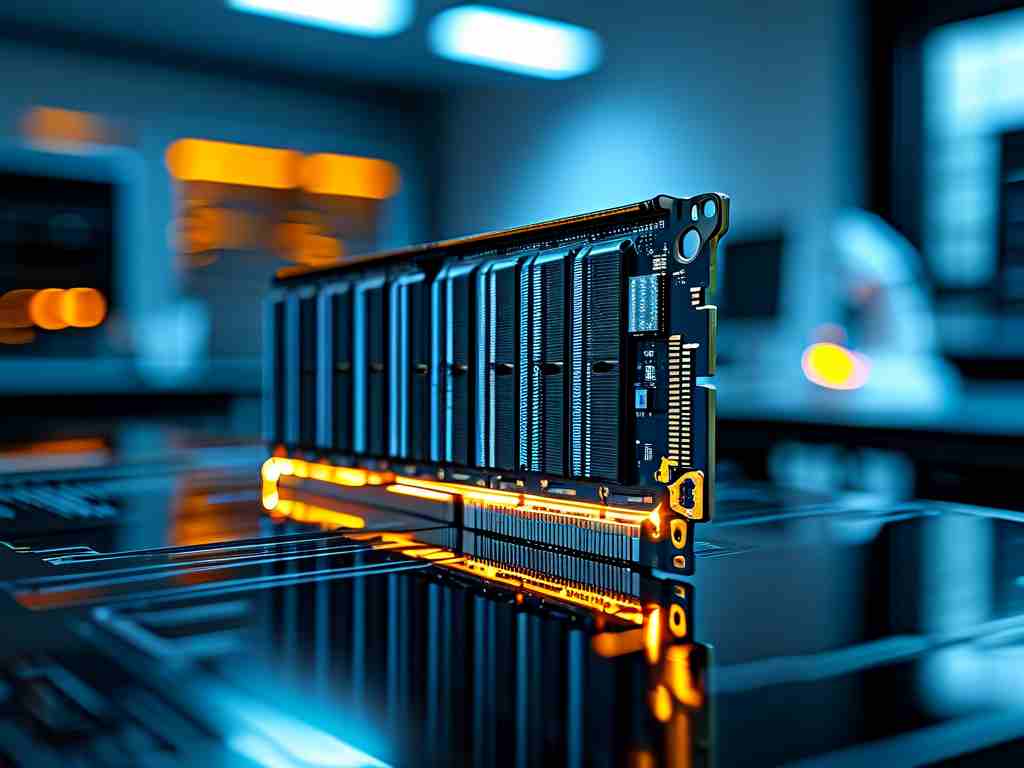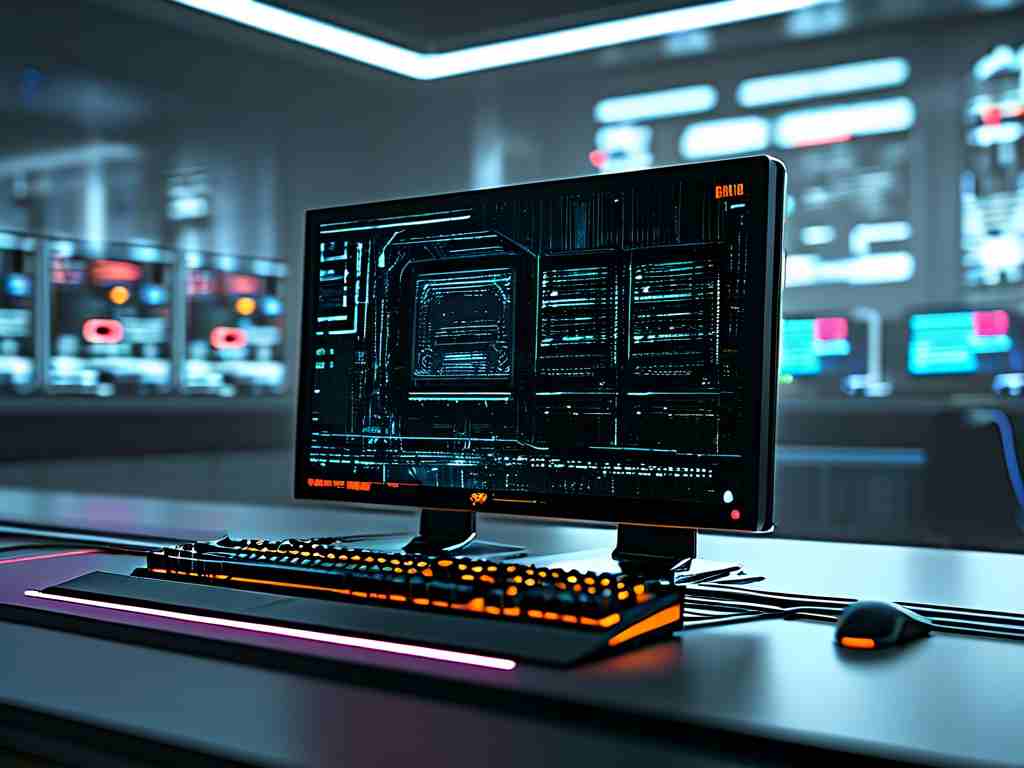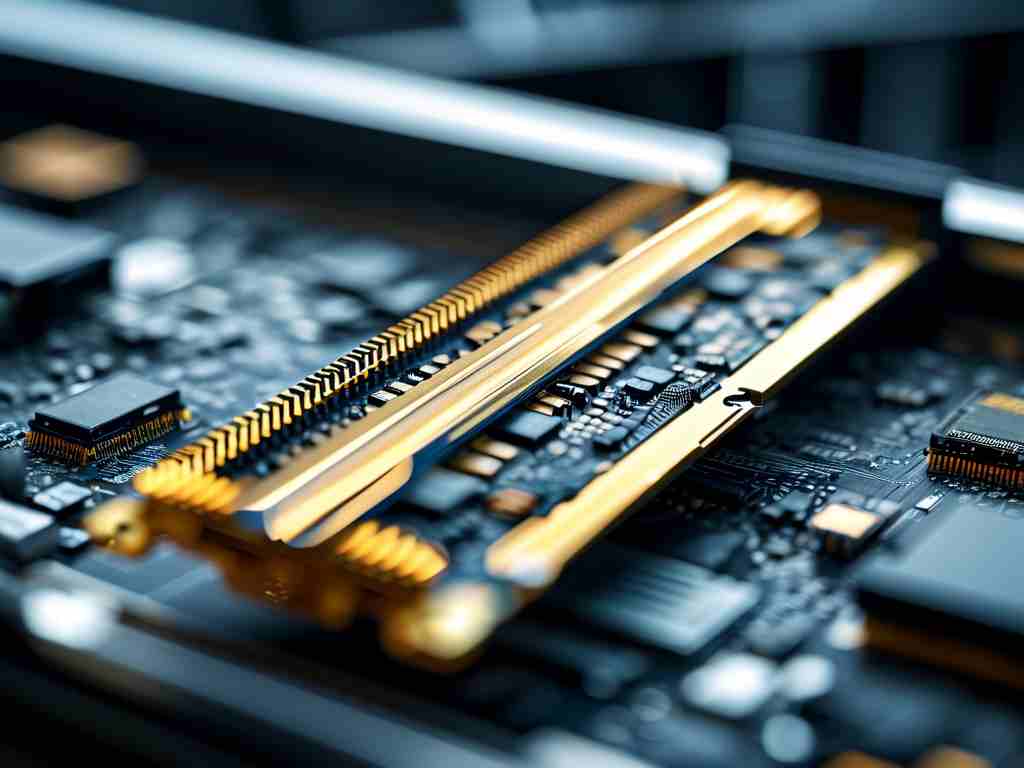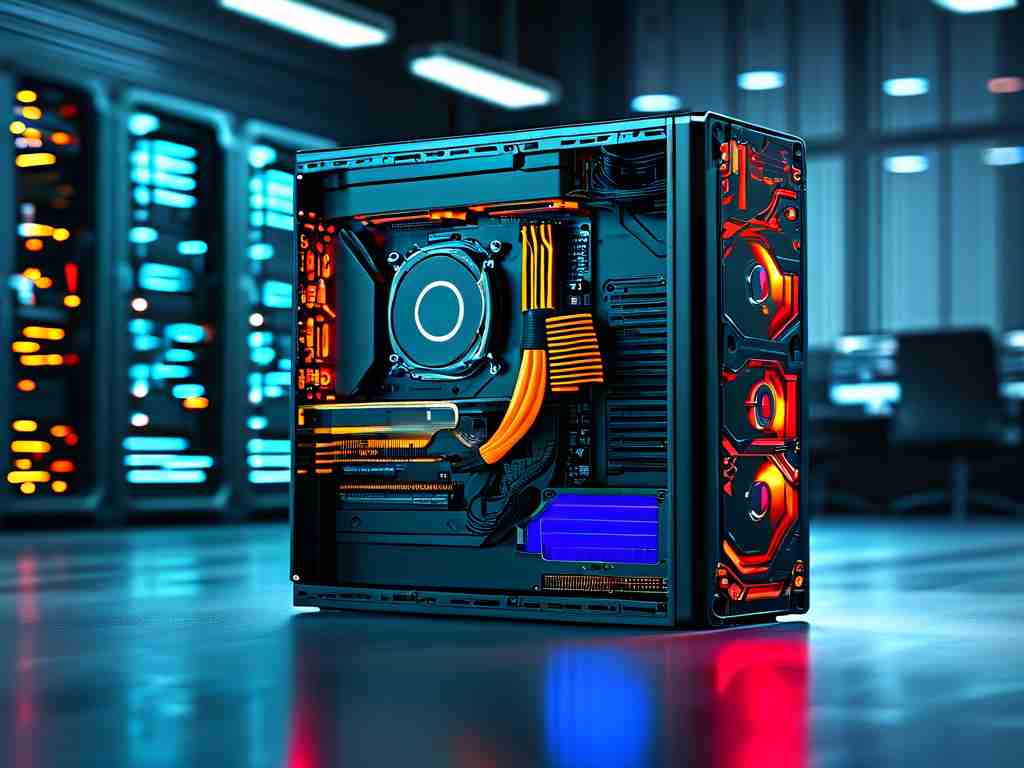The evolution of dynamic random-access memory (DRAM) technology has consistently pushed the boundaries of computing performance. With the imminent arrival of DDR6, the focus has shifted to its groundbreaking frequency advancements. This article explores how DDR6 memory frequency redefines data transfer rates, its implications for modern computing, and the technical innovations driving this leap forward.

Understanding DDR6 Frequency Metrics
DDR6 memory is poised to deliver frequencies starting at 6,400 MT/s (mega-transfers per second), doubling the baseline performance of DDR5. This increase is achieved through advanced signal modulation techniques, such as PAM-4 (Pulse Amplitude Modulation with 4 levels), which allows more data to be transmitted per clock cycle. Unlike previous DDR generations, DDR6’s architecture optimizes both bandwidth and power efficiency, enabling systems to handle data-intensive tasks like AI inference and 8K video rendering with minimal latency.
Technical Breakthroughs Behind Higher Frequencies
A key driver of DDR6’s frequency boost is its refined manufacturing process. Built on sub-10nm node technology, DDR6 modules feature denser memory cells and reduced electrical interference. This precision engineering not only supports higher clock speeds but also improves thermal management—a critical factor for maintaining stability under heavy workloads. Additionally, DDR6 introduces a dual-channel design within a single module, effectively parallelizing data pathways to maximize throughput without increasing physical footprint.
Real-World Performance Gains
In practical terms, DDR6’s frequency enhancements translate to measurable improvements across applications. For gaming, faster memory reduces frame-time inconsistencies, delivering smoother visuals in AAA titles. Content creators benefit from accelerated render times in software like Blender or Adobe Premiere Pro, where large asset files are processed in real time. Enterprise environments, particularly cloud servers and databases, will see reduced query latency, enhancing scalability for services reliant on rapid data retrieval.
Compatibility and Adoption Challenges
Despite its advantages, DDR6 adoption faces hurdles. Existing motherboards and CPUs designed for DDR5 lack the physical interfaces and voltage regulation needed to support DDR6’s specifications. Industry analysts predict a transition period of 18–24 months as hardware manufacturers update chipset designs. Early adopters may also encounter premium pricing, with DDR6 modules expected to cost 30–40% more than DDR5 at launch. However, economies of scale and maturing production processes are likely to normalize prices by 2026.
Future-Proofing Systems with DDR6
For tech enthusiasts planning upgrades, DDR6 compatibility will become a critical consideration. Motherboards featuring LGA 1851 sockets and PCIe 6.0 support are anticipated to lead the market, paired with next-gen GPUs and CPUs optimized for DDR6’s bandwidth. Developers, meanwhile, are already optimizing software to leverage DDR6’s capabilities, particularly in fields like machine learning, where faster memory directly impacts model training efficiency.
DDR6 memory frequency represents more than an incremental upgrade—it’s a foundational shift in how systems manage data. By combining higher speeds with intelligent power distribution, DDR6 sets the stage for a new era of computing, where bottlenecks from memory limitations become a relic of the past. As industry players align their roadmaps with this standard, users can anticipate a wave of devices that harness DDR6’s full potential, reshaping expectations for speed and responsiveness across all tech sectors.



